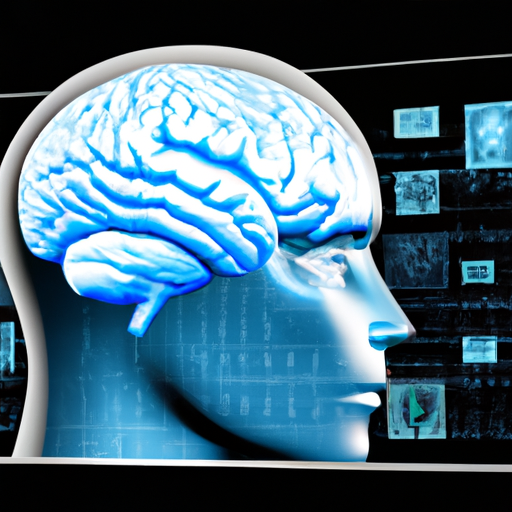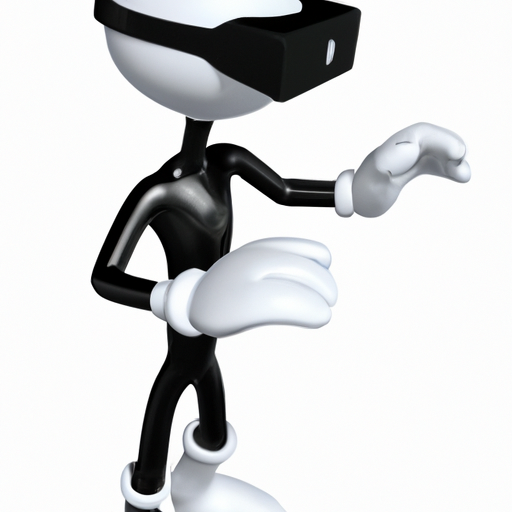In the ever-evolving landscape of technology, brain-computer interfaces (BCIs) are making waves by transforming how humans interact with machines. These cutting-edge devices bridge the gap between neural activity and digital systems, offering new possibilities from communication to advanced prosthetics.
What are Brain-Computer Interfaces?
BCIs, sometimes referred to as brain-machine interfaces, are systems that facilitate direct communication between the brain and external devices. They work by interpreting brain signals and converting them into commands to control computers, robotics, or other digital devices. This groundbreaking technology has wide-ranging applications, particularly in medical fields.
The Technology Behind BCIs
The core technology of BCIs involves several steps:
- Signal Acquisition: Electrodes listen to neural activities, picking up electrical signals from the brain.
- Signal Processing: The acquired signals undergo analysis and filtering to interpret the user’s intention.
- Output Translation: Finally, appropriate commands are generated to control the target devices.
Applications of Brain-Computer Interfaces
BCIs have immense potential across various sectors:
- Medical Rehabilitation: Helping patients with motor disabilities regain control over prosthetics or support communication.
- Gaming and Virtual Reality: Enhancing user experiences with immersive controls using thoughts.
- Research and Neurotechnology: Assisting in understanding brain functions and diseases.
- Smart Home Devices: Enabling users to control home environments through mere thought.
The Future of BCIs
The future of neural engineering and BCIs is glowing with potential. As the technology matures, we can anticipate more intuitive and user-friendly interfaces, making human-machine interaction seamless. Ethical considerations and data security will play critical roles as we navigate this new frontier.
Conclusion
Brain-computer interfaces are more than just a novelty; they represent a leap towards a future where technology molds itself to human thoughts and needs. As we continue to explore the vast possibilities of BCIs, we inch closer to a world where limitations can be overcome through innovation.




